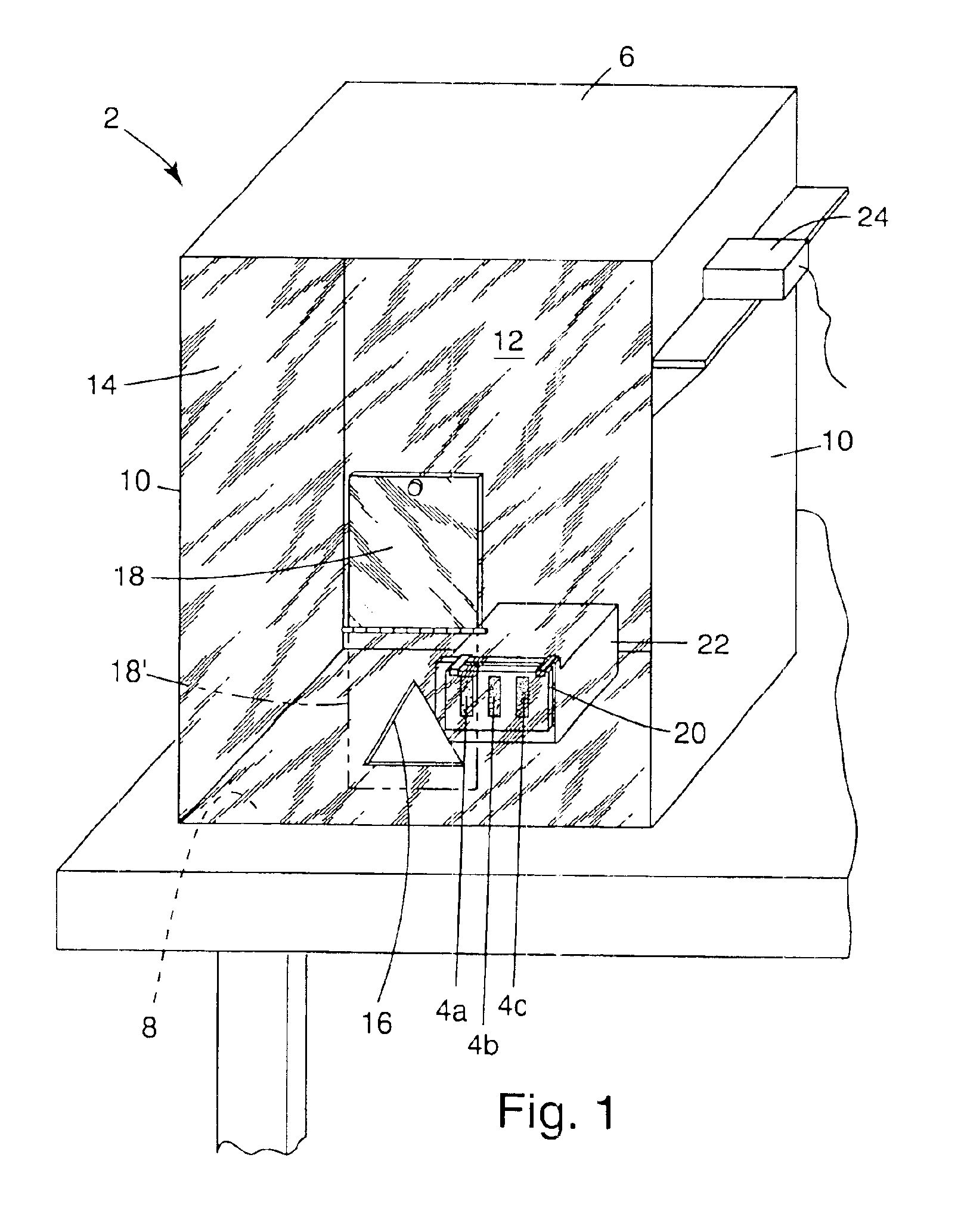Low dust wall repair compound
a wall and compound technology, applied in the field of wall repair compounds, can solve the problems of reducing so as to suppress the formation of airborne particles, and reduce the amount of airborne dust particles
- Summary
- Abstract
- Description
- Claims
- Application Information
AI Technical Summary
Benefits of technology
Problems solved by technology
Method used
Image
Examples
examples
The invention is illustrated by the following examples which present various embodiments of the invention. In general, the joint compounds were prepared by: (1) mixing the water and thickener, if any, with the binder; (2) adding the dust reducing additive; and (3) adding the fillers, mixing continuously. If the formulation contained a dust reducing additive in the form of an oil and a surfactant, the surfactant was typically added before the oil. More specific procedures used to prepare certain joint compound formulations are described more fully below.
Table 2 presents the test results for a control joint compound formulation which did not contain a dust reducing additive, along with the formulation and test results for Examples 1-3, each of which contained a dust reducing additive in the form of a wax. Each formulation is presented by wet weight percent of each ingredient, that is, including water.
TABLE 2WAXESFormulations by Wet Weight PercentIngredientControl123Calcium carbonate64...
examples 11 and 12
have similar formulations but in Example 12, the drying time was increased to 19 days. As shown, the quantity of dust generated after 19 days increased only slightly. Thus, the dust reducing capability of the corn oil—mineral oil mixture remained much more stable over time than the formulations including linoleic acid presented in Examples 5 and 6.
example 13
shows that significant dust reduction is also achieved when using a combination additive of corn oil and mineral oil in a joint compound that contains a thickener (i.e. Methocel 311). prepared by premixing the Methocel 311 with the water until a clear liquid was formed. The surfactant FC 430 and resin Rhoplex HG 74M were then added. Next, the mineral oil and corn oil were premixed and added to the other ingredients, mixing continuously. The calcium carbonate and glass bubbles were then added.
The formulations of the joint compounds in Examples 14 and 15 were similar but Example 14 included a cationic surfactant (Variquat B-200) and Example 15 included an anionic surfactant (Steol KS-460). In both examples, the mixture of corn oil and mineral oil together with the surfactant significantly reduced the quantity of airborne dust generated.
Tables 4A and 4B present the formulations and test results for Examples 16-28. These examples demonstrate the dust reducing effect of various solvents....
PUM
| Property | Measurement | Unit |
|---|---|---|
| size | aaaaa | aaaaa |
| wet weight percent | aaaaa | aaaaa |
| wet weight percent | aaaaa | aaaaa |
Abstract
Description
Claims
Application Information
 Login to View More
Login to View More - R&D
- Intellectual Property
- Life Sciences
- Materials
- Tech Scout
- Unparalleled Data Quality
- Higher Quality Content
- 60% Fewer Hallucinations
Browse by: Latest US Patents, China's latest patents, Technical Efficacy Thesaurus, Application Domain, Technology Topic, Popular Technical Reports.
© 2025 PatSnap. All rights reserved.Legal|Privacy policy|Modern Slavery Act Transparency Statement|Sitemap|About US| Contact US: help@patsnap.com

